Sustainable Future: Earth and Space
by Ayesha Khan
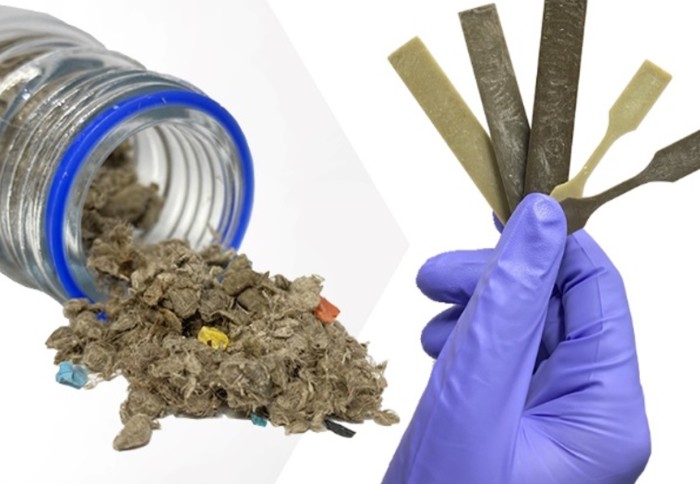
Aeronautics researchers highlight projects that will help transition towards a more sustainable future – on Earth and in space.
As we look towards more sustainable solutions as part of this year’s Sustainability Week, the Department of Aeronautics is celebrating exciting research that will help in shifting towards a new future. Research currently being undertaken ranges from wind turbine simulations to future material composites and removal of space debris.
Strong Sustainable Composites from Pure Wood
Meredith Rose Barr, a Postdoctoral Research Associate in the Future Materials Group, has developed a method utilising reusable ionic liquids, salts with very low melting points, to produce composite materials solely from wood. Unlike conventional wood composites, these require no additional binders, which are typically produced from fossil resources.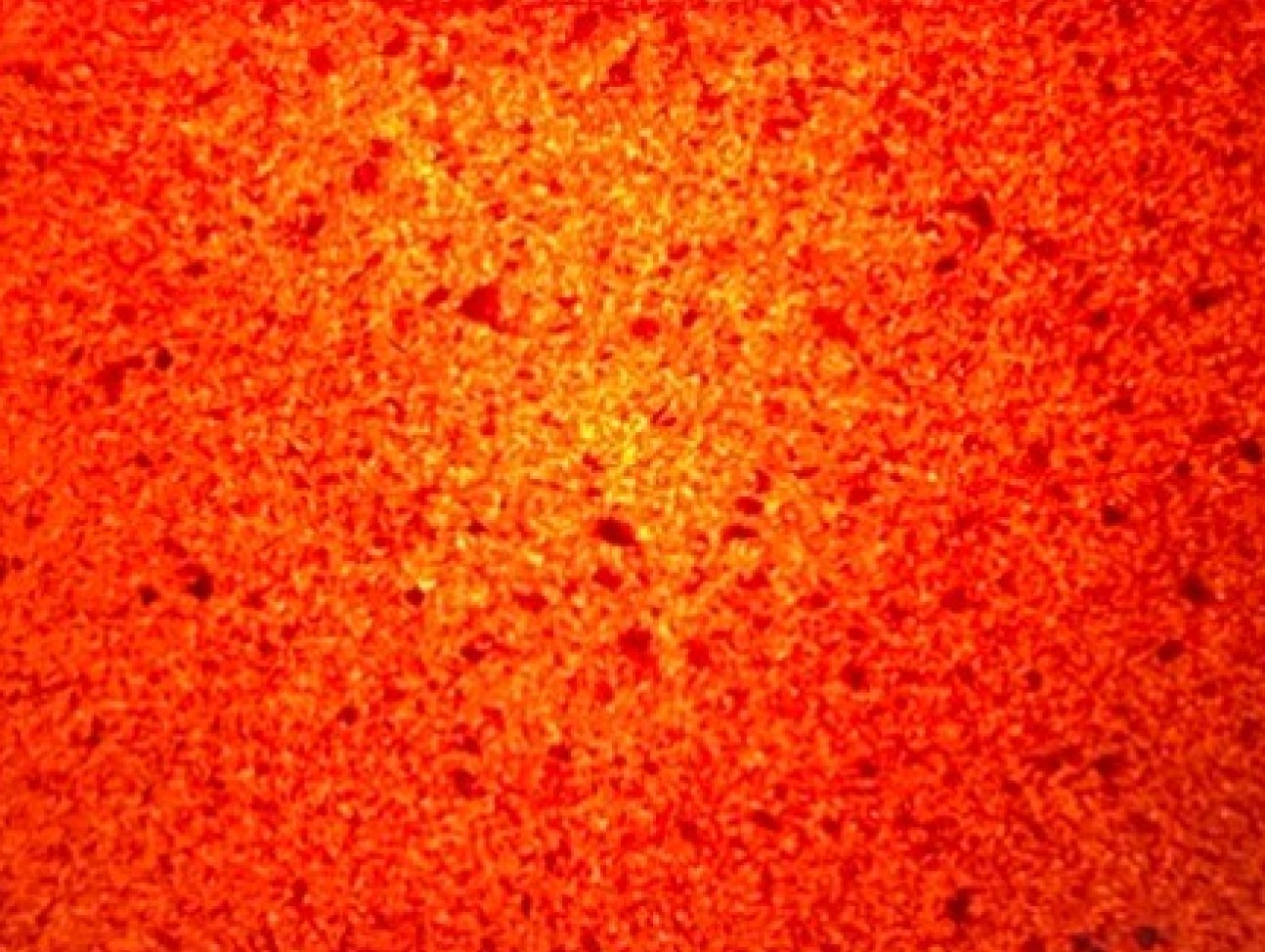
Instead, ionic liquids are used to extract the natural biopolymer lignin from wood powder. By applying heat and pressure, lignin binds natural cellulose fibres together to form a translucent composite material.
This method will allow for waste sawdust from forestry and construction to be recomposed, using only reusable reagents, into large volumes of strong, sustainable material without petrochemical-based binders. These composites provide a sustainable alternative to conventional wood composites, as well as petrochemical-derived fibre-reinforced polymers for high-volume structural applications.
Flow Physics Affecting Turbine Wakes
As part of Dr Oliver Buxton’s EPSRC Fellowship, Aeronautics researchers are collaborating to study flow physics that strongly affect wind turbine wakes. Wakes occur due to increased turbulence and slower wind speeds which then spreads to downstream turbines.
Predicting the evolution of turbulent wakes is vital in ensuring effective design and operation of wind farms. Researchers are currently considering how freestream turbulence influences turbulent wake development and how the various dynamics interact in the near wake of a wind turbine.
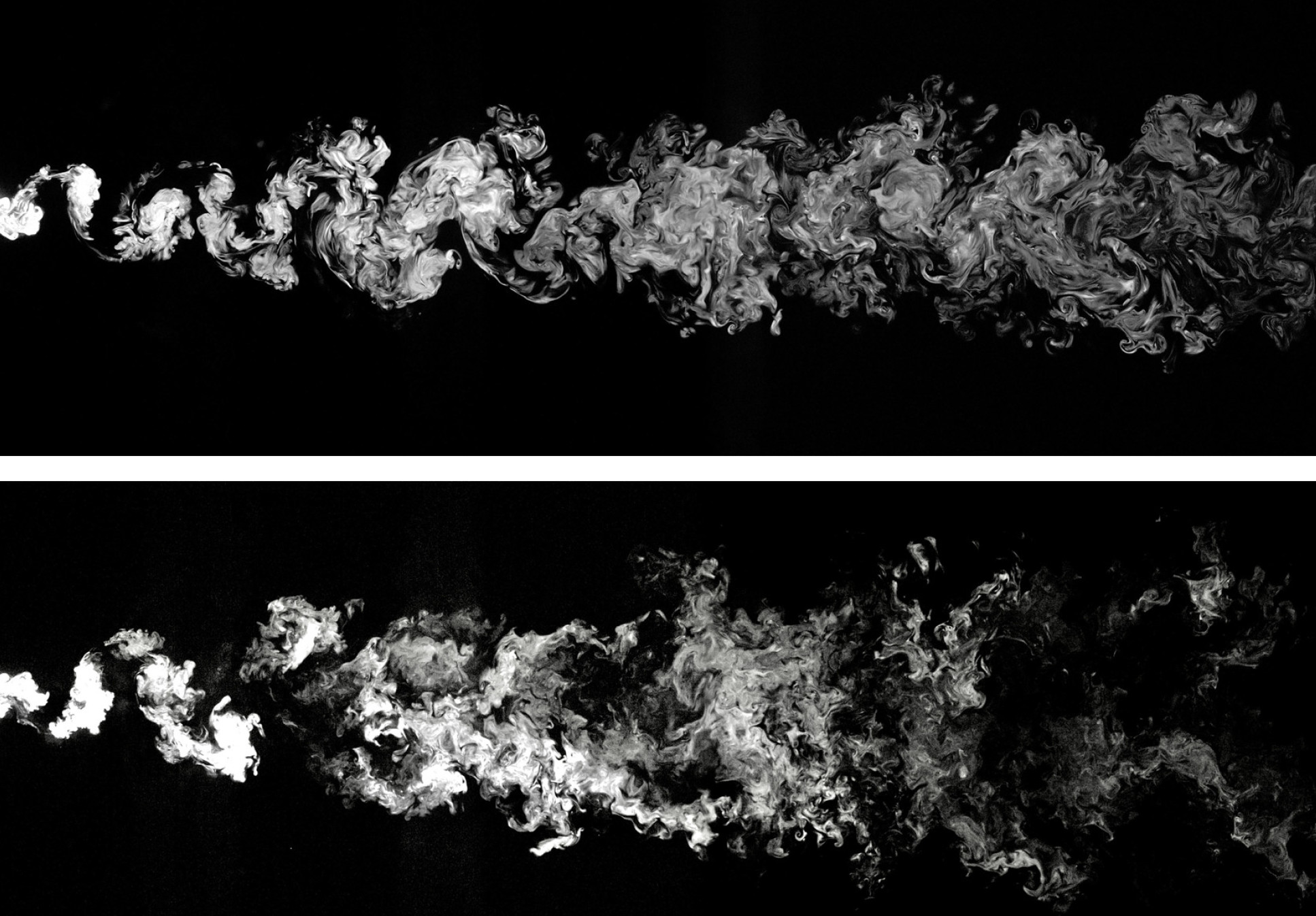
Another consideration is wind turbine structures, containing multiple components that produce their own wake with distinctive dynamics. These wakes interact to form the full systems’ wake with multi-scale interactions that are to be further explored.
Up-cycling the Un-recyclable
Postdoctoral Research Associate, Andre Gaduan is currently exploring the potential of using pulp form municipal waste as a sustainable reinforcement in the creation of a bio-based composite. The new composite would carry properties of being lightweight, green and strong.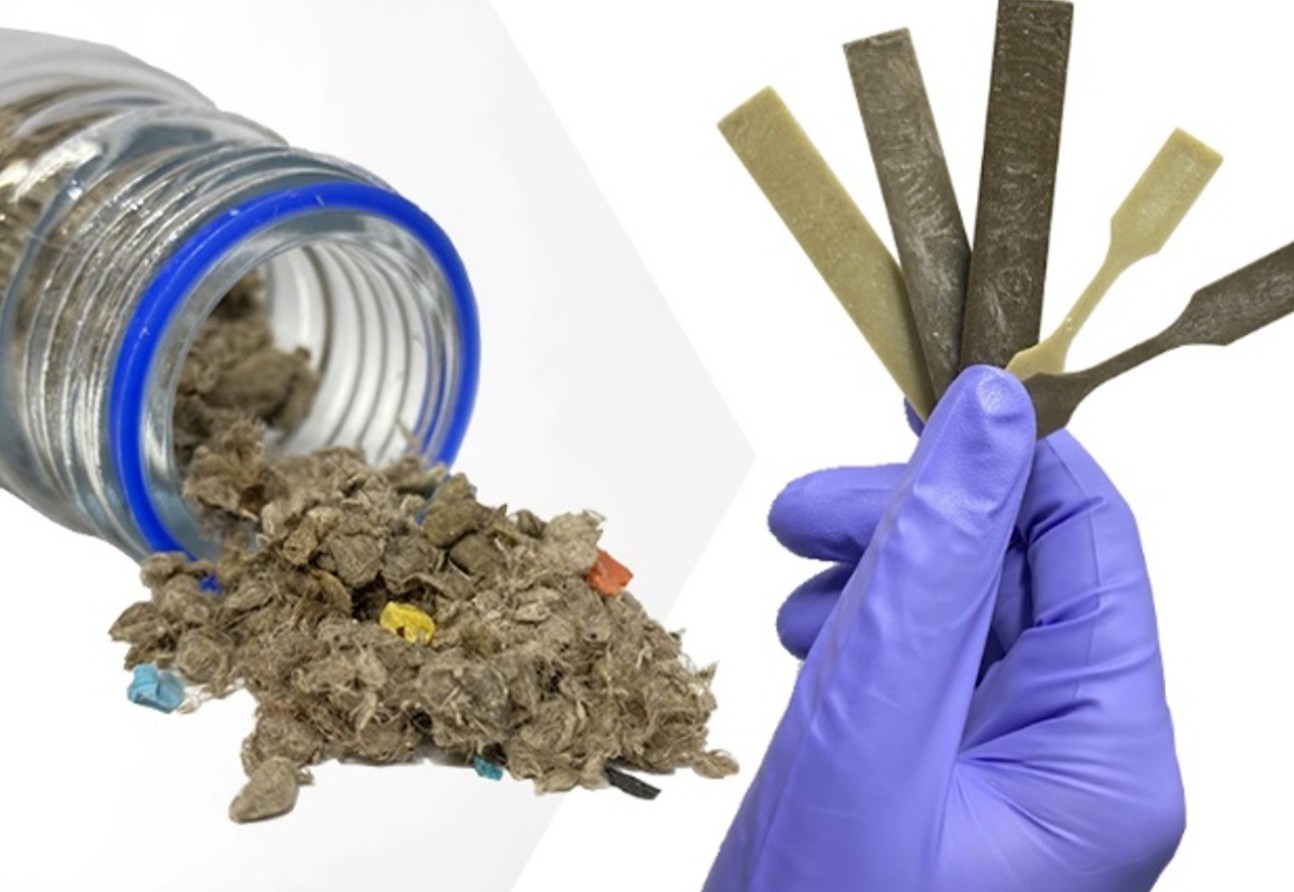
Andre’s research looks at the development of various treatments to improve the reinforcing capability of pulp, as well as finding ways to optimize the fabrication of bio-based composites.
Treated pulp will enhance the mechanical performance of a bioplastic and reduce the carbon footprint associated with the material’s life cycle. This will allow for low-value waste to be diverted away from landfill and valorised into a versatile compostable material that has the potential to replace petroleum-based plastics in various applications.
Turbulence Effect in the Natural Wind
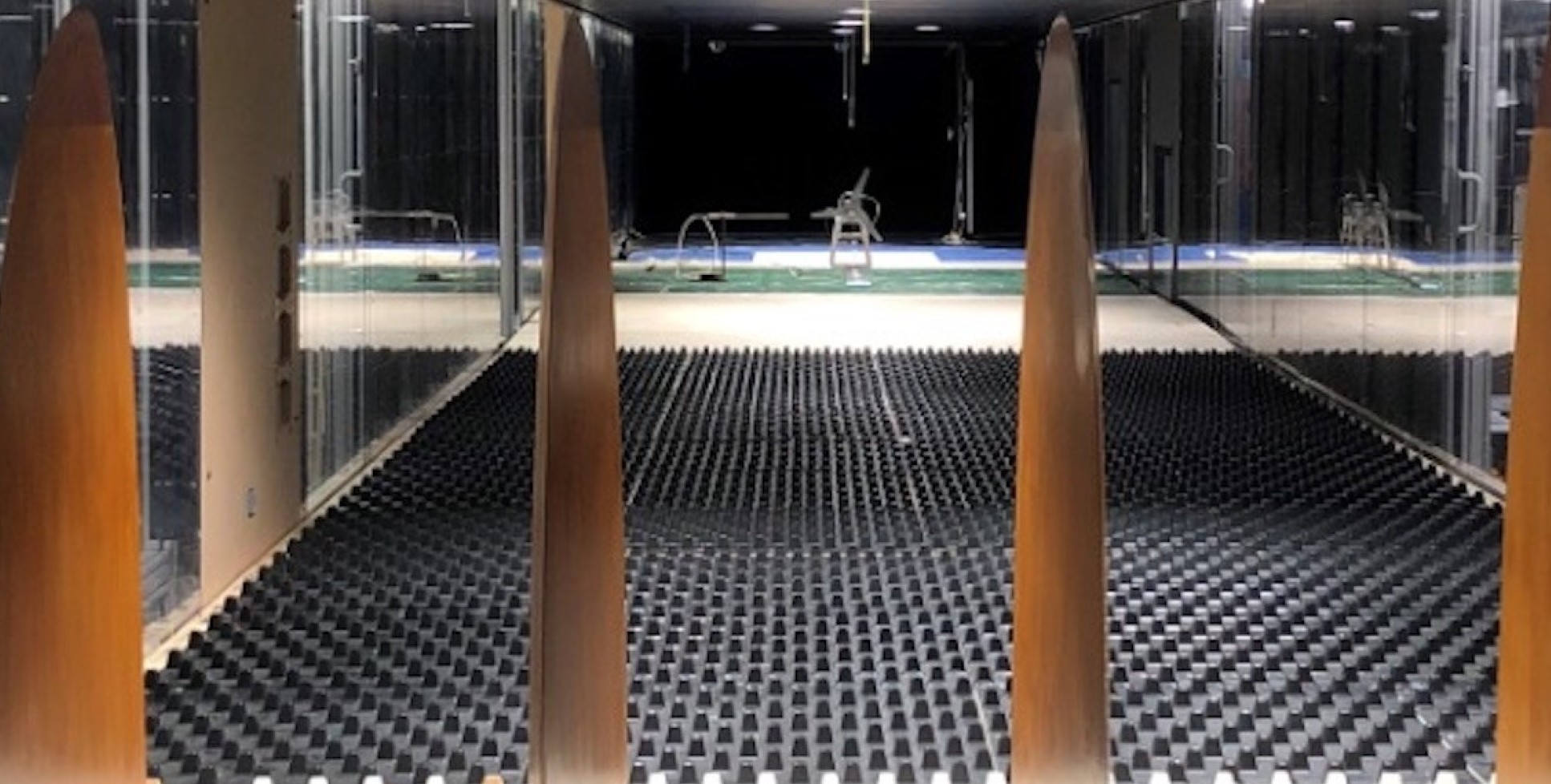 Wind turbines deployed to offshore sites often encounter issues related to aerodynamics and structural dynamics. Professor Michael Graham and Dr Kevin Gouder seek to further understand the turbulent flow field around horizontal axis turbines in order to optimize design, operation, control, and grid integration of wind farms.
Wind turbines deployed to offshore sites often encounter issues related to aerodynamics and structural dynamics. Professor Michael Graham and Dr Kevin Gouder seek to further understand the turbulent flow field around horizontal axis turbines in order to optimize design, operation, control, and grid integration of wind farms.
Such turbulence results from the wind flow in the thick atmospheric boundary layer that sits just above the sea’s surface. This highly turbulent wind flow causes buffeting and fatigue damage to turbine rotor blades.
The thick atmospheric boundary layer can be simulated in a wind tunnel by passing flow through a set of ‘spires’ followed by distributed roughness blocks on the wind tunnel floor.
Space Debris Removal
Dr Matthew Santer and Dr Davide Amato are currently developing AI-based tools that will allow for the detection of space debris, autonomous action to avoid collisions and removal.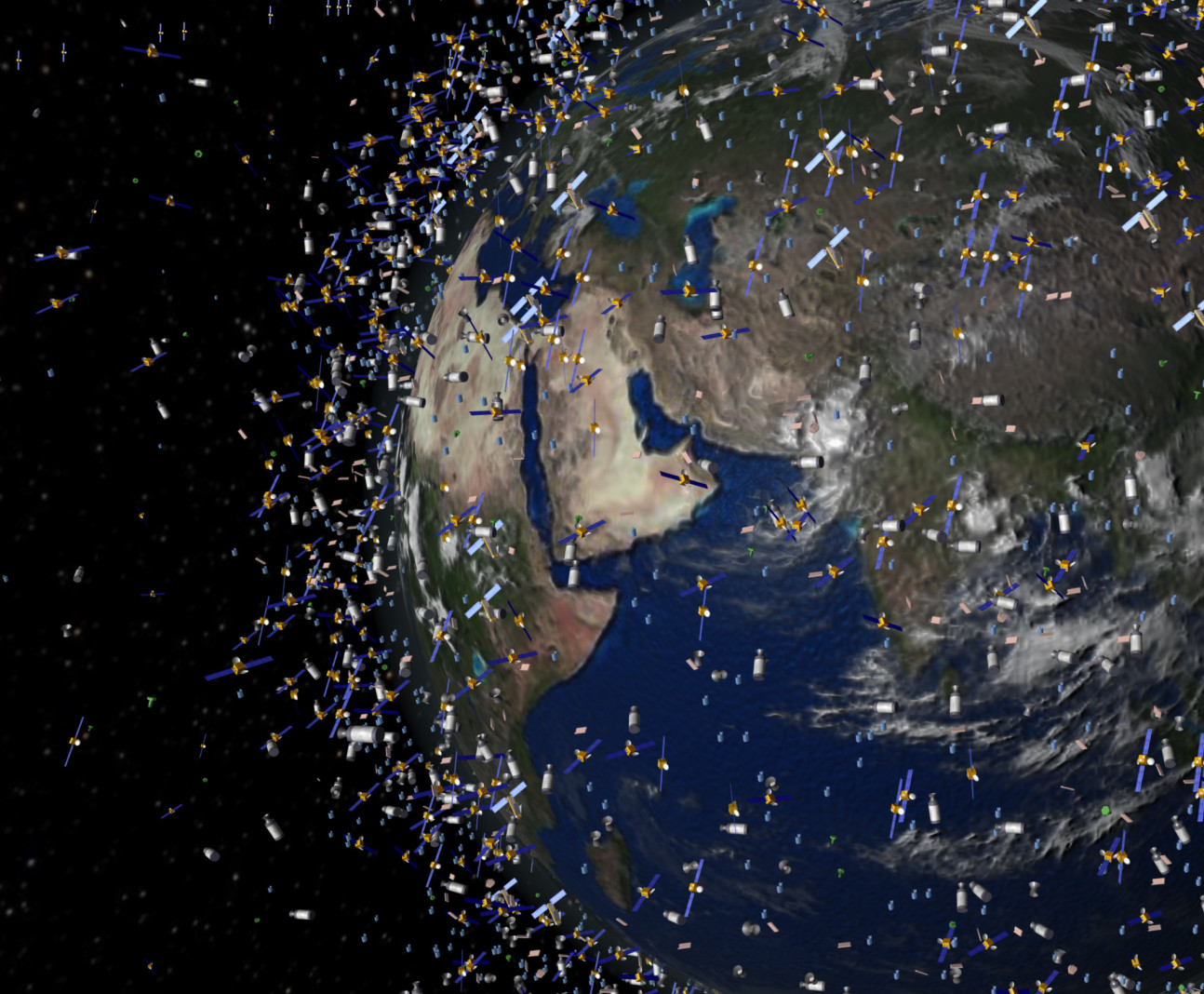
Removing such debris is important, as it currently presents substantial danger to new satellites being launched. Debris mitigation and removal is vital for long-term space sustainability.
Davide’s research uses advanced uncertainty quantification methods to help operators manage traffic in orbit and avoid collisions between satellites and space debris. The position of space objects will be accurately predicted using an AI-based computational framework.
Matthew’s work focuses on modelling and simulation of the deformation and fragmentation of space debris, especially joints and hinges of spacecraft. The project will develop accurate models to predict structural failure of primary joints and hinges on satellites subject to high aero-, thermo- and flight dynamic loads.
Sustainability Week is organised by Sustainable Imperial and the Imperial College Union, celebrated from 21 to 25 March 2022. As well as featuring Imperial research, it’s also an opportunity for the community to look at action being taken across campuses to meet Imperial’s Operations Net Zero by 2040.
Article text (excluding photos or graphics) © Imperial College London.
Photos and graphics subject to third party copyright used with permission or © Imperial College London.
Reporter
Ayesha Khan
Department of Aeronautics